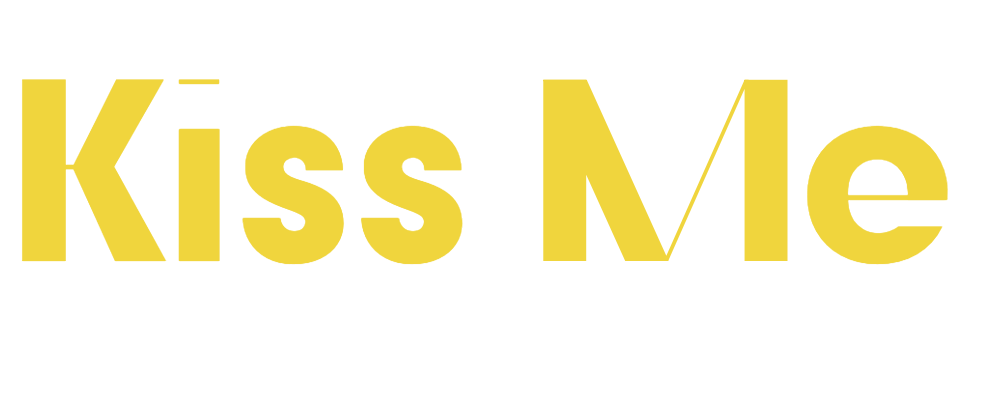A social media detox week helps you disconnect, reflect, and reset your digital habits for better mental clarity and emotional balance. Start by turning off non-essential notifications and limiting your social media access intentionally. Instead, replace screen time with activities like reading, walking, or practicing meditation. Track your progress to notice improvements in sleep, stress, and focus. Keep engaging in mindful habits afterward to maintain your newfound well-being—more tips await if you continue towards a healthier digital lifestyle.
Key Takeaways
- Set specific goals and boundaries, such as turning off non-essential notifications and limiting social media access.
- Replace social media time with activities like reading, walking, meditation, or hobbies to promote mindfulness and relaxation.
- Create a daily journal to track emotional well-being, mental clarity, and progress throughout the detox week.
- Schedule reflection periods to assess digital habits and develop healthier routines for sustained digital minimalism.
- Gradually reintroduce social media with intentional use, maintaining boundaries to foster a balanced online presence.

Have you ever felt overwhelmed by the constant notifications and endless scrolling of social media? It’s a common experience in today’s fast-paced digital world. When you’re constantly plugged in, it’s easy to feel drained, distracted, and disconnected from the present moment. That’s where a social media detox week can make a real difference. By intentionally stepping back from your screens, you give yourself the chance to embrace digital minimalism, which is all about reducing unnecessary online clutter and focusing on what truly matters. This approach helps clear your mental space, allowing for better mental clarity and a healthier relationship with technology.
During this detox, you’ll want to set clear boundaries. Turn off non-essential notifications and limit your access to social media platforms. This act of intentional disconnection isn’t about completely abandoning technology but about creating space for mindfulness and reflection. As you begin to detach from the constant digital noise, you’ll notice your mind becomes calmer, your thoughts more organized, and your mood more balanced. Digital minimalism isn’t just about reducing screen time; it’s about cultivating a meaningful online experience that aligns with your values and goals. When you remove the excess, you free up mental bandwidth, which leads to improved focus and mental clarity.
Set boundaries by turning off notifications and limiting social media to foster mindfulness and mental clarity.
Throughout the week, replace social media time with activities that nourish your mind and body. Read a book, go for a walk, meditate, or engage in a hobby you love. These activities help reinforce your intention to disconnect and reset your mental state. These practices also promote cultural awareness by encouraging you to explore different perspectives and traditions beyond the digital realm. As you do, you’ll realize that your thoughts become clearer, your emotions more stable, and your overall mental health improves. The less time you spend scrolling aimlessly, the more mental clarity you gain, enabling you to prioritize what’s truly important in your life.
Tracking your progress can also be motivating. Keep a journal to note how you feel each day without social media. You may find that your sleep improves, your stress decreases, and your ability to focus sharpens. Remember, the goal isn’t perfection but progress. Small, intentional steps toward digital minimalism can lead to lasting habits that support your well-being long after the detox week ends. By reclaiming your attention and reducing unnecessary digital distractions, you’re investing in your mental clarity and overall happiness. Ultimately, this week can serve as a reset, helping you develop healthier digital habits that foster a more balanced and fulfilling life.
Frequently Asked Questions
How Can I Stay Connected With Family Without Social Media?
You can stay connected with family by prioritizing regular phone calls or video chats, which foster better family communication. Set digital boundaries by designating specific times for these interactions, ensuring you’re consistently present. Sending handwritten notes or planning in-person visits also strengthen your bond. These actions help you maintain meaningful connections without relying on social media, creating a healthy balance between digital and face-to-face interactions.
What Are Alternative Activities During Social Media Detox?
Remember, “All work and no play makes Jack a dull boy.” During your social media detox, try mindful alternatives like meditation or journaling to center yourself. Engage in offline hobbies such as gardening, painting, or cooking to fill your time meaningfully. These activities help you reconnect with yourself and your surroundings, making your detox more rewarding. Embrace these mindful alternatives to foster personal growth and find joy beyond screens.
How to Handle Work-Related Social Media Responsibilities?
To handle work-related social media responsibilities, establish clear digital boundaries and professional boundaries. Use dedicated work devices or accounts to separate personal and professional activity. Schedule specific times for social media updates to avoid constant checking. Communicate your boundaries with colleagues and clients to set expectations. This approach helps you stay focused, reduces stress, and maintains professionalism while respecting your personal space during your social media detox.
Can a Social Media Detox Improve Mental Health?
Imagine clearing the fog from your mind—yes, a social media detox can boost your mental health. By embracing digital minimalism, you reduce overwhelm and reconnect with yourself. This break helps build emotional resilience, making it easier to handle stress and negative feelings. You’ll notice clearer thoughts, better focus, and a more balanced mood. Taking time away from screens truly revitalizes your mental well-being and empowers you to face daily challenges with strength.
What if I Experience Withdrawal Symptoms?
If you experience withdrawal symptoms and emotional distress, don’t worry; it’s normal. Take deep breaths and remind yourself that these feelings will pass. Try to replace social media time with other activities like reading or walking. Stay connected with friends and family for support. Gradually reducing your usage can help ease withdrawal symptoms, making the detox more manageable and helping you regain control over your mental health.
Conclusion
As you finish your social media detox week, remember the wisdom of Thoreau: sometimes, you must unplug to truly connect. This journey isn’t just about reducing screen time; it’s about rediscovering yourself beyond the digital sphere. Like a lighthouse guiding ships safely to shore, this break helps you find clarity and balance. Embrace this new chapter, knowing that the real world holds endless stories waiting for you to live them fully.










